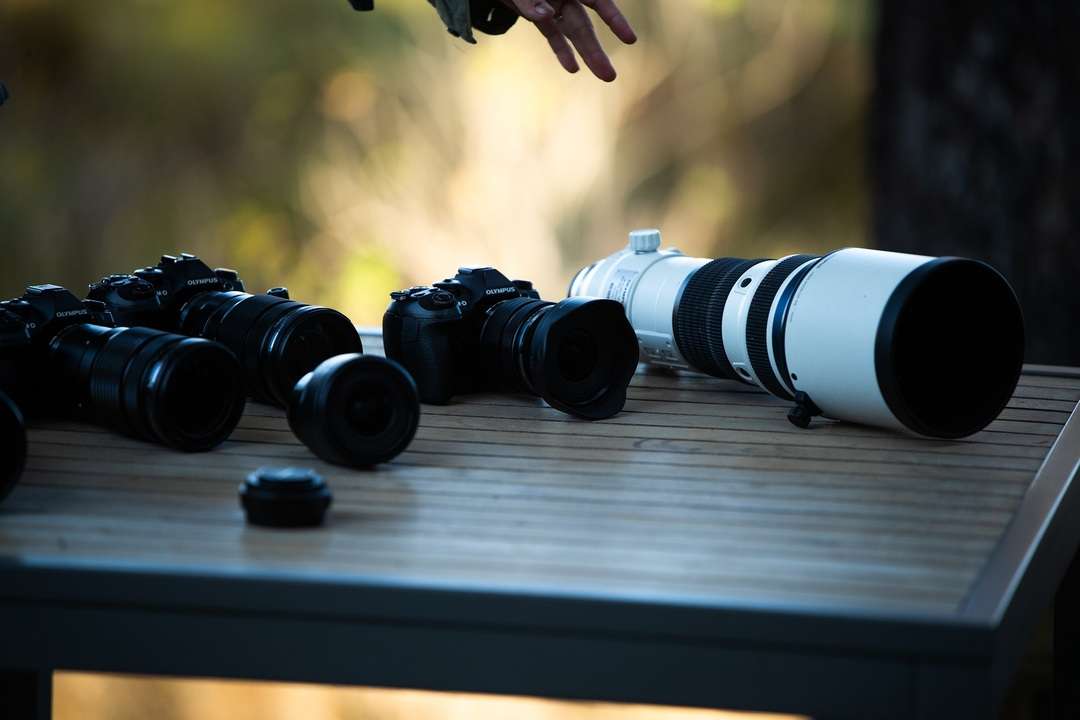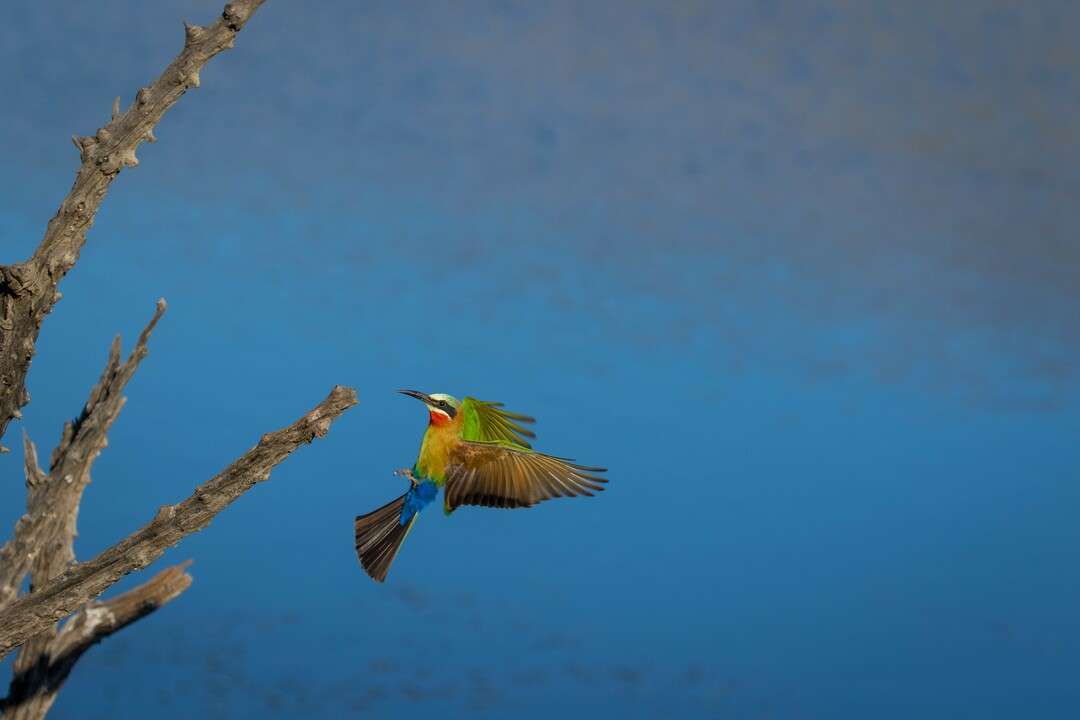Wildlife photography is one of the most popular forms of photography. However, even city dwellers do not have to venture into wild areas to photograph animals and birds, as they are all around us – including unlikely city areas such as Manhattan, where you will find birds, and surprisingly animals, that have made the city their home. The following five tips should get you started on the road to becoming an accomplished wildlife photographer, or at least prepare you for that once-in-a-lifetime African safari.
Your equipment
If you are hoping to take wildlife photography seriously, the hard truth is that you need high-quality equipment. Unlike landscape, portrait or travel photography, you need better equipment, and a 50mm lens will just not do the trick. You definitely need a telephoto lenses if you want to photograph distant animals or birds.

This does not mean that you need to run to your nearest photographic store and purchase the most expensive equipment. Unless you recently won the lotto or have some spare cash under your pillow, it will take time before you will have the ideal equipment in your bag.
Most hobbyists start with second-hand equipment. Photographers are always upgrading their equipment and there are good deals out there. I’ve been lucky enough a few times to sell my second-hand equipment for almost the same price as I bought it. With the extra money I saved, I was able to buy a larger and better lens.
It is also not necessary to start your photographic journey with the highest-quality goods. Your first piece of kit should be a decent mid-level zoom lens. It will be less costly, but it will give you some extra range when you start out as a wildlife photographer.
Also, if you discover you will be having access to a once-in-a-life-time photographic experience, you can always rent better equipment for that short period of time. This is not something I would suggest doing over a long period, as you may end up being able to buy the equipment by the time you return it, but it will allow you an opportunity to experiment and use the equipment before you take a big step to buying something similar.
Remember, technology has improved so much over the last few decades that a smaller point-and-shoot camera can initially get you started. I am sure you will fall in love with wildlife photography almost instantly and that you will want the larger and better equipment, but at least this will give you an opportunity to see if wildlife photography is what you want to pursue.

This photo is proof that if you are too close to your subject, you need to get creative with your longer lenses, and that owning the longest telephoto lens is not always to your benefit. I would have needed to change lenses if I wanted to capture the rest of these cheetahs taking a nap on a very cold and misty morning.
Patience is key
Patience is key for wildlife photography. Unfortunately, you cannot tell your subject what they need to do, and wildlife is not a building that stands still, and will be there again tomorrow. Interfering in the natural behaviour of wildlife is unethical and the likelihood is that they will not listen to you anyway. Yes, it sounds pretty much like photographing kids.
Your patience should not have an expiry date when it comes to wildlife photography. If you are not in a rush to get to your next destination, take your time. Spend those extra few minutes with your subject, especially earlier and later in the day when animals tend to be more active.
Not only is it important to be patient at that specific moment, but it is also important to stick with wildlife photography for the long run. There have been a number of times that I have returned from a weekend away with just a few average photos, only to come back with a lot more and some to be really proud of the very next time. It’s the natural world and there are so many variables at play – one week to the next can be completely different and provide vastly different opportunities and results.

A photograph never tells the full story. It probably took 30 minutes and 500 shots to finally get this photo of a bee-eater coming in to land.
Practice Makes Perfect
As with most things in life, if you want to get good at it, practice. Whether it is getting that perfect golf swing or baking the perfect cupcake, everything takes some practice.
The more you practice, the more you will understand what the best settings are for each situation. So go on, photograph those birds coming for a drink at the water bowl in your garden, or the neighbour’s cat hanging out on the fence. Go to the park and photograph the squirrels playing in the trees or birds flying overhead.

I photographed this kingfisher from my bedroom window. I woke up early one morning to find this fellow perching on a tree overhanging our swimming pool. Luckily, in this case, the bird was very patient, and I had photographed some other birds the day before, allowing me to get hold of my camera and capture it before it flew off.
At the same time you will get to know your camera a lot better for those times youneed to react quickly to a change in your subject’s behaviour and make the adjustment in your settings. Not only will it increase your success rate in achieving your objectives, but there will be lot less ifs… If I only did this, or did that…

In South Africa we are fortunate to have a number of smaller protected areas within a few kilometres of where we live. In the beginning I was able to practice a few times before I was able to travel to areas like the Okavango Delta or Mana Pools, where you see the real wild Africa.
It Is All In The Eye
Unless you are photographing an animal or bird, wanting to show them within their natural environment (scenic), it is always key to make sure the eyes are in focus. Especially if they are looking right back at you.
This allows you to have a natural point of focus in your shots and helps draw the viewer into the photo. Eyes are also an easy focal point as they are a source of colour and help give your compositions a certain mood.

Although this photograph was taken from a vehicle at a 45 degree angle and not at ground level, you will still get lost in this cub’s mesmerising eyes
Ground level
Try to be at eye-level with your subject. Definitely not easy if you are in a game drive vehicle and a lion is staring back at you from 30 metres away – but do try to get as low as you can. It is always good to be at the level of your subject. Being at your subject’s height, you’ll be able to get a better bokeh effect in the background, which will make your picture stand out even more.
According to photographylife.com, bokeh is the quality of out-of-focus or blurred parts of the image rendered by a camera lens – it is NOT the blur itself, or the amount of blur in the foreground or background of a subject. The blur that you are so used to seeing in photography is what separates a subject from its background, and is the result of shallow depth of field. It is generally simply called background blur. The quality and feel of the background/foreground blur and reflected points of light, however, is what photographers call bokeh.

From a boating activity in the Busanga Plains – a herd of lechwe was browsing on the river embankment, allowing me to be at ground level with my subject

I was lying on my stomach on a little island in the lagoon to photograph this African oystercatcher. At least no risk of a lion attacking you...
Hopefully these few very easy, non-technical tips will get you started, or help improve your wildlife photography.

Let’s plan your next journey
Ready?
When we say we’re there every step of the way, we mean it, literally. From planning the perfect circuit, to private inter-camp transfers on Wilderness Air, and easing you through Customs. We’re with you on the ground, at your side, 24-7, from start to finish. Ready to take the road less travelled? Contact our Travel Designers to plan an unforgettable journey.